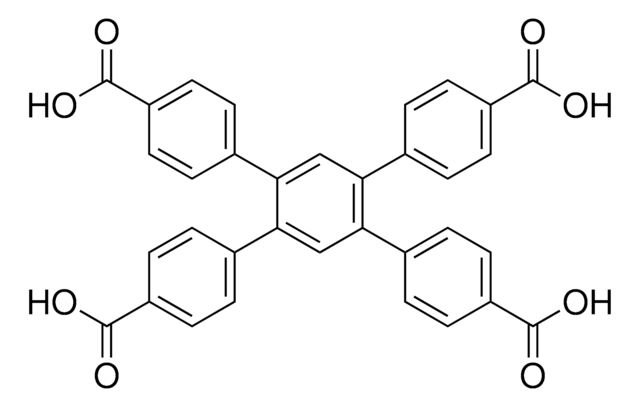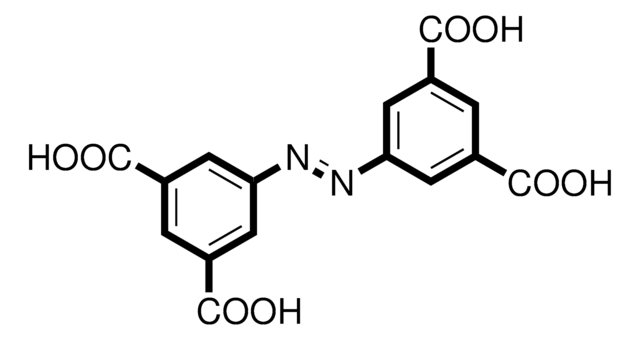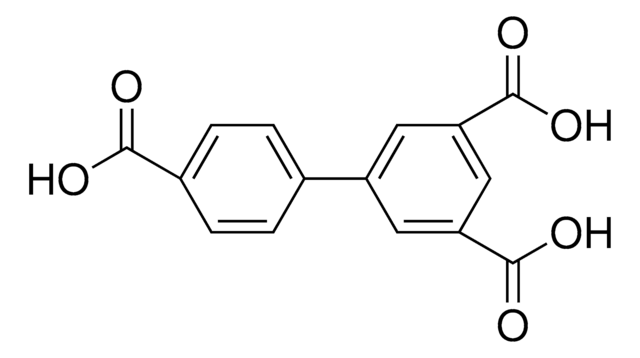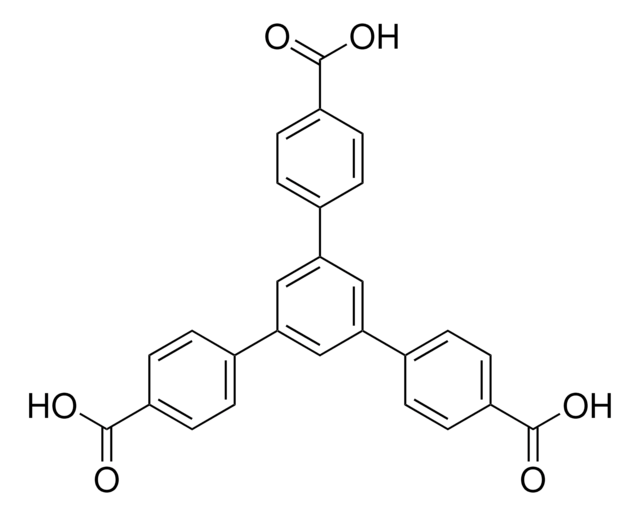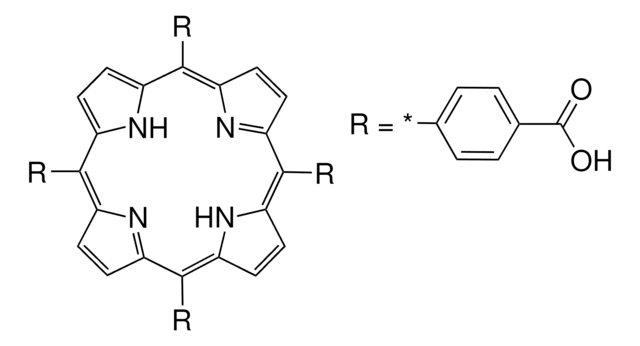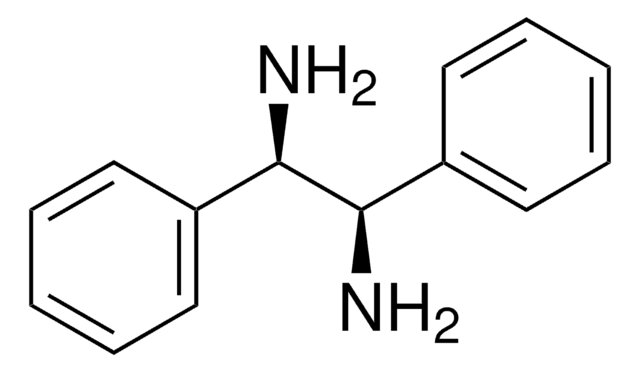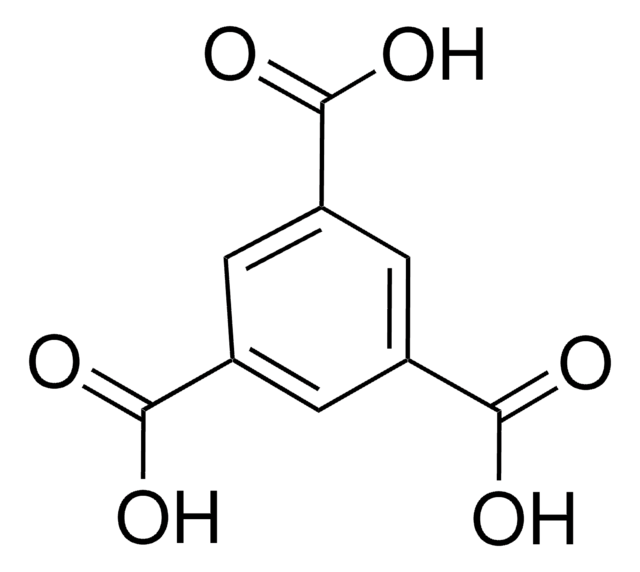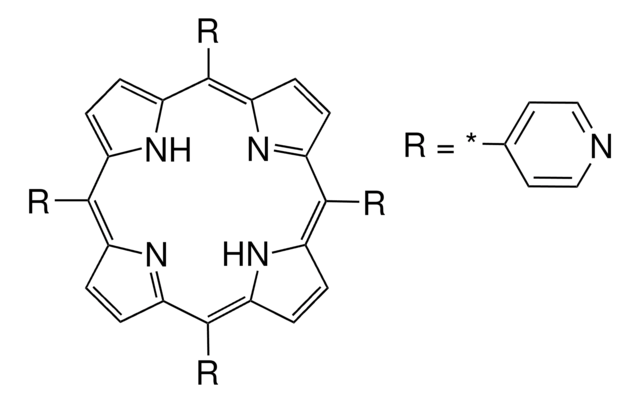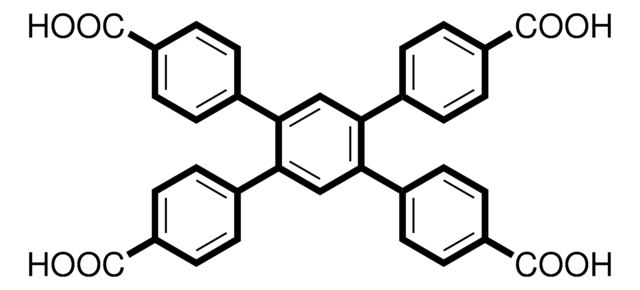About This Item
Recommended Products
form
solid
greener alternative product characteristics
Design for Energy Efficiency
Learn more about the Principles of Green Chemistry.
sustainability
Greener Alternative Product
mp
>400 °C
greener alternative category
, Enabling
SMILES string
OC(=O)c1cc(cc(c1)-c2cc(cc(c2)C(O)=O)C(O)=O)C(O)=O
InChI
1S/C16H10O8/c17-13(18)9-1-7(2-10(5-9)14(19)20)8-3-11(15(21)22)6-12(4-8)16(23)24/h1-6H,(H,17,18)(H,19,20)(H,21,22)(H,23,24)
InChI key
QURGMSIQFRADOZ-UHFFFAOYSA-N
General description
Application
Signal Word
Warning
Hazard Statements
Precautionary Statements
Hazard Classifications
Aquatic Acute 1
Storage Class Code
11 - Combustible Solids
WGK
WGK 3
Flash Point(F)
Not applicable
Flash Point(C)
Not applicable
Choose from one of the most recent versions:
Already Own This Product?
Find documentation for the products that you have recently purchased in the Document Library.
Articles
Metal-organic frameworks offer high surface area materials for alternative energy applications through simple synthetic strategies.
Our team of scientists has experience in all areas of research including Life Science, Material Science, Chemical Synthesis, Chromatography, Analytical and many others.
Contact Technical Service